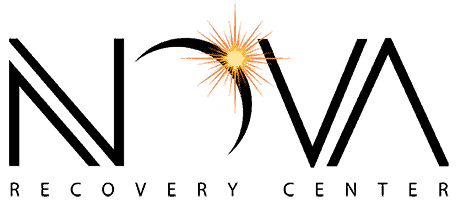Last Updated on September 3, 2025
Salvia Abuse: Side Effects, Dangers, and How to Get Help
Salvia divinorum is a hallucinogenic plant that’s gaining popularity as a “legal high,” especially among young people. Though often seen as harmless, salvia can lead to severe side effects, risky behavior, and long-term health concerns. This substance is more dangerous than most realize, and its widespread availability raises serious public health concerns.
Below, we’ll explore what salvia is, how it works in the brain, the risks involved, and what treatment options exist for those misusing it.
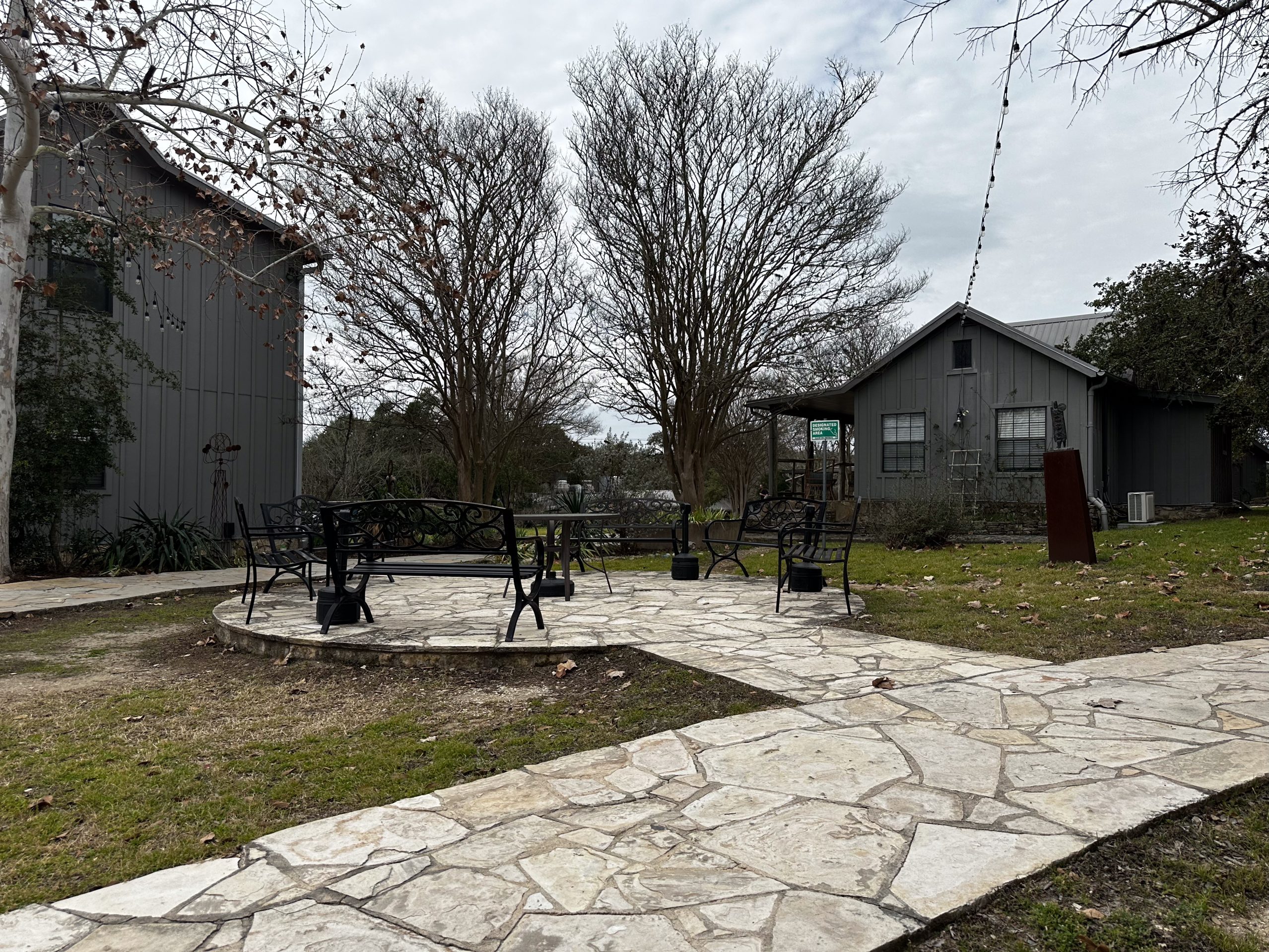




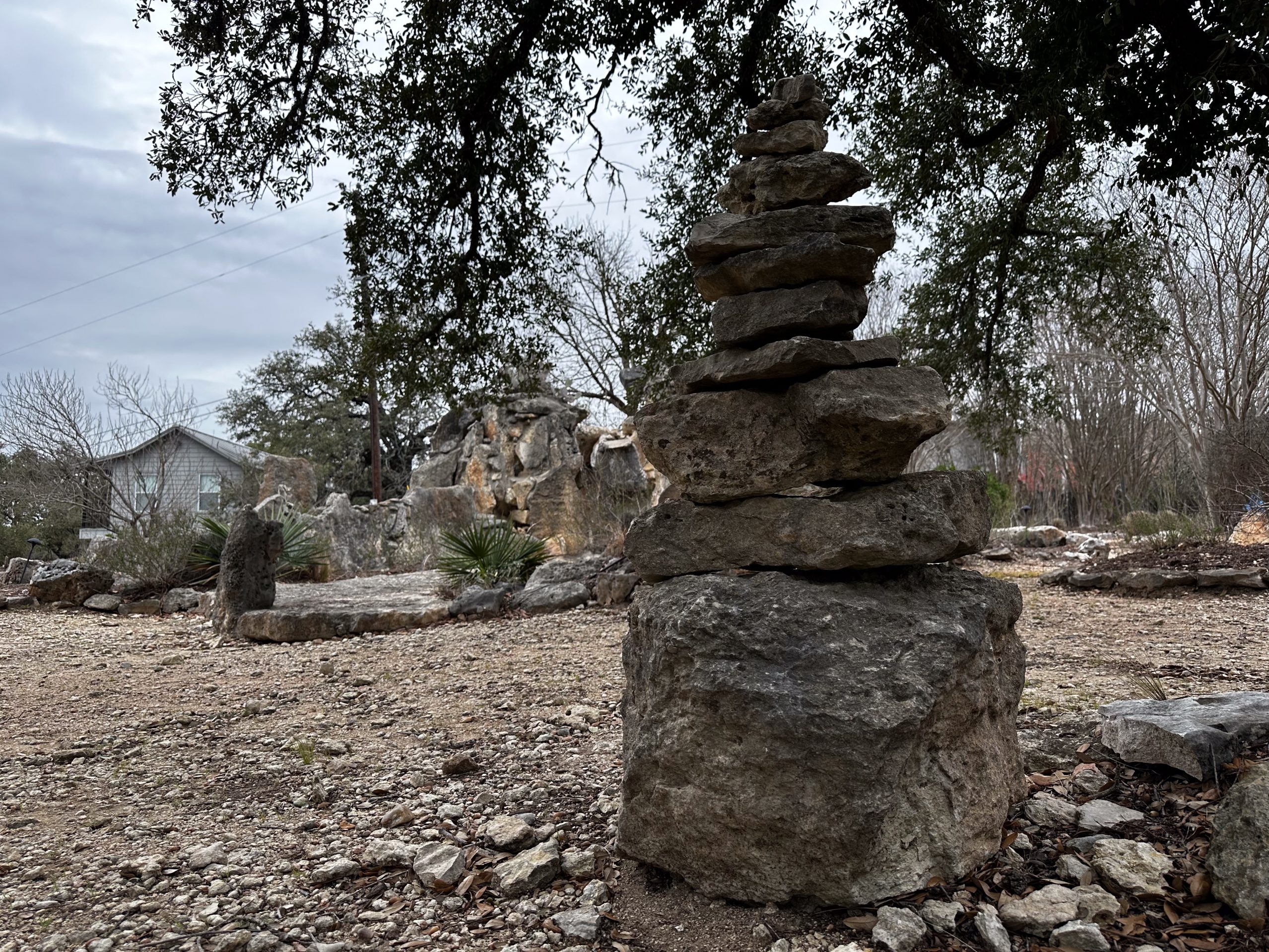
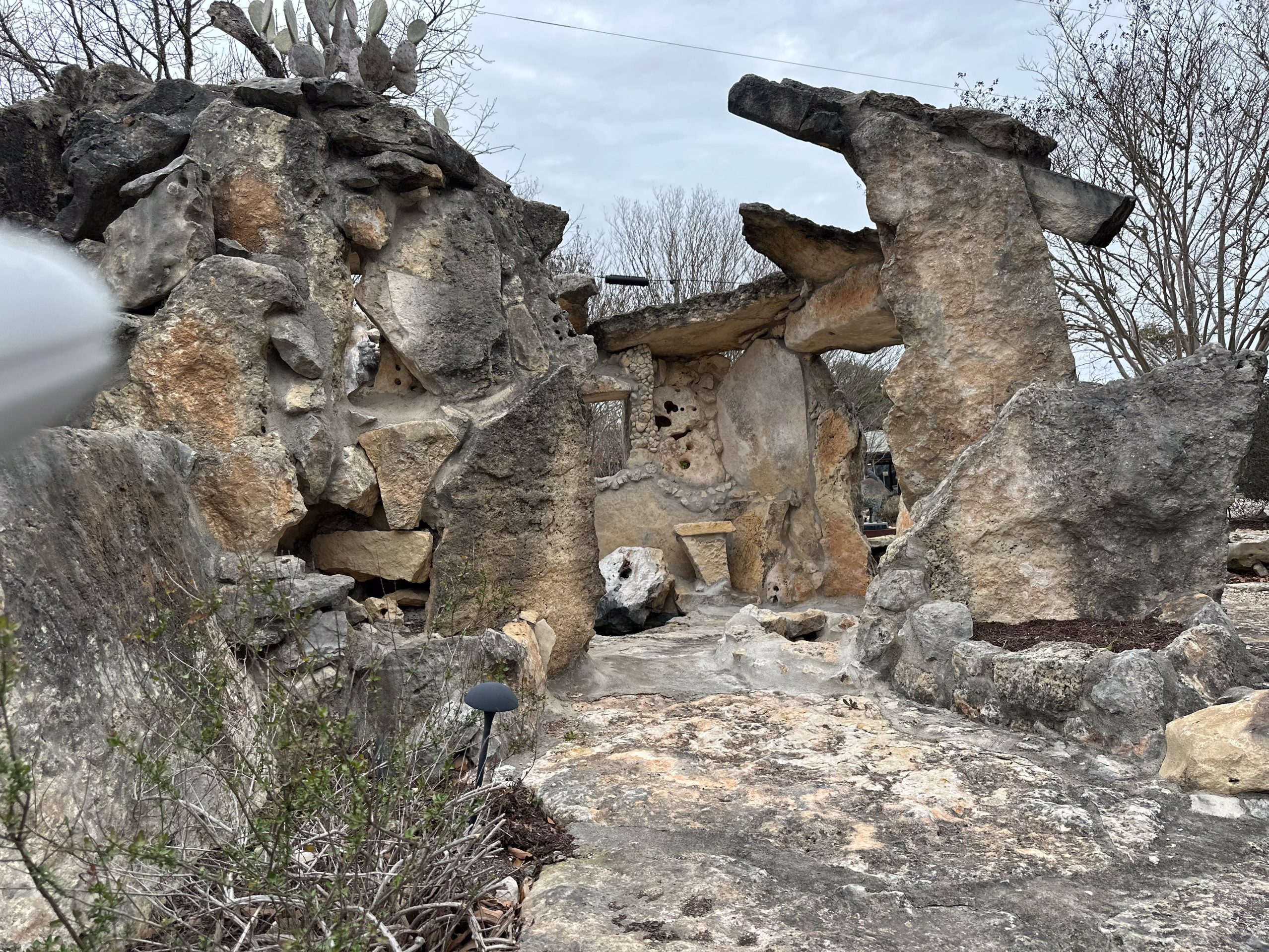

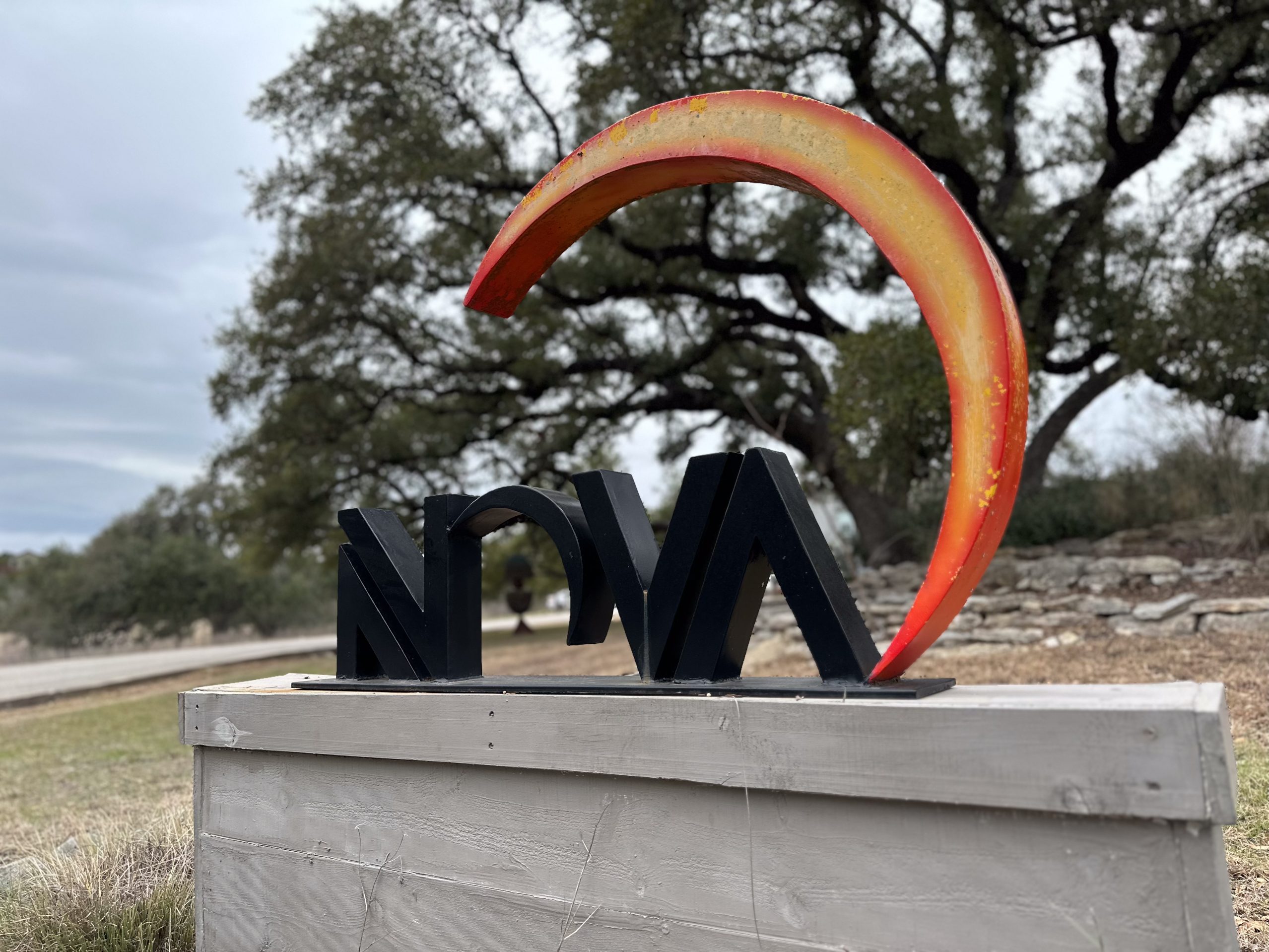
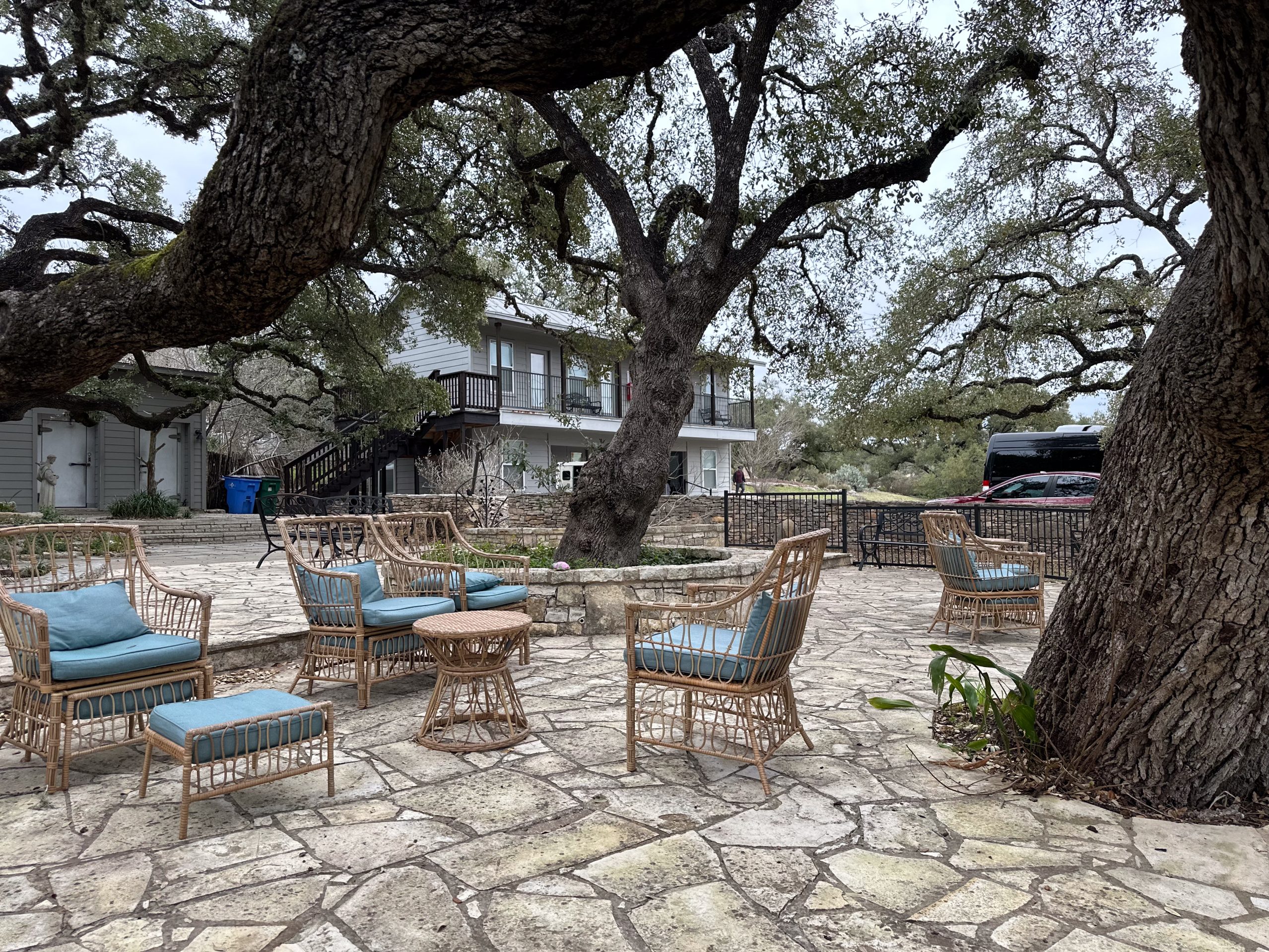
What Is Salvia?
Salvia is a psychoactive herb from the mint family. Indigenous people in Mexico, such as the Mazatec tribe, used its dried leaves during spiritual rituals. Today, it’s often smoked or chewed to produce short, intense hallucinations. Salvia is sold under names like Sally D, Magic Mint, and Purple Sticky.
Unlike other common types of drug, salvia isn’t classified under the federal Controlled Substances Act, although many states have passed laws restricting its use. This patchwork of legality contributes to salvia abuse among those seeking accessible psychoactive experiences.
How Salvia Affects the Brain
Salvia’s active ingredient, salvinorin A, acts on kappa opioid receptors in the brain. This interaction causes vivid hallucinations, confusion, and emotional swings. These effects come on fast and last for only a few minutes—but they can feel disorienting or terrifying.
According to the National Institute on Drug Abuse, users often describe losing touch with reality or feeling like they’re watching their life from outside their body. This can be especially risky for those with a family history of mental illness.
Common Salvia Side Effects
Salvia side effects include:
- Visual distortions
- Emotional changes
- Detachment from surroundings
- Poor motor control
- Feelings of anxiety or panic
While these effects may fade quickly, they can leave emotional trauma behind. A study suggest that regular use may also impair memory and learning over a period of time.
Freedom Starts Here. Take Back Your Life Today.
Same-Day Admissions in Austin Available.
The Risk of Long-Term Use
Salvia may seem like a short-term high, but long-term side effects are possible. These can include memory issues, emotional instability, and lingering psychological effects. People with existing medical conditions—especially heart problems or high blood pressure—face increased risk due to the stress salvia places on the body.
Using salvia with prescription medications or other substances can also lead to unpredictable interactions. Since these combinations haven’t been widely studied, the outcomes are difficult to anticipate.
A Gateway Drug?
Experts worry that salvia acts as a gateway drug. While it may not cause physical dependence, salvia often leads users to try stronger illegal drugs. This behavior increases the risk of drug abuse and addiction, particularly in young people exploring drug use.
Salvia use is also associated with other illicit drug activity. Many people who try it have already experimented with LSD, marijuana, or ecstasy, making them more likely to engage in long-term substance abuse.
Public Health and Safety
Salvia’s legal status makes it seem safe, but its effects are powerful and potentially harmful. As a result, it’s become a growing public health concern. The Food and Drug Administration has yet to regulate the substance, but researchers and officials continue to monitor its effects.
The National Institute on Drug Abuse calls for more research to understand salvia’s true impact. Until more is known, the best approach is prevention, awareness, and responsible treatment options.
Risk Factors for Abuse
Several risk factors may increase the likelihood of salvia misuse, such as:
- Exposure to trauma or stress
- Co-occurring mental health conditions
- Social pressure from peers
- Poor coping skills
- Genetic predisposition
Environmental factors like unstable home environments or access to other substances can make things worse. Those who start with salvia may eventually face long term effects related to other drug use or psychological damage.
Salvia Withdrawal Symptoms
Unlike some addictive substances, salvia doesn’t appear to cause strong physical withdrawal. Still, regular users may experience withdrawal symptoms like:
- Mood changes
- Depression or anxiety
- Difficulty sleeping
- Cravings
Though the symptoms are subtle, they reflect the psychological toll of repeated use.
Treatment Options for Salvia Abuse
If you or someone you know is struggling, there are many treatment options available. A structured treatment program can help individuals recover and avoid relapse.
Most salvia treatment plans include:
- Cognitive Behavioral Therapy (CBT)
- Group support
- Emotional regulation techniques
- Holistic wellness approaches
Health care professionals can help build a personalized recovery plan based on the individual’s needs, medical background, and support network.
Using evidence based methods ensures that individuals are not only stopping drug use, but also learning how to improve their quality of life and avoid future risks.
Support Systems Make a Difference
Support from family and friends can play a vital role in recovery. Talking openly, setting boundaries, and offering encouragement all help. Family members are often the first to notice signs of abuse and can encourage early intervention.
Support groups are also important. They provide a safe space for people to share experiences and feel less isolated. This connection can reduce cravings and reinforce healthy habits.
The Diagnostic and Statistical Manual
According to the Diagnostic and Statistical Manual, drug-related disorders include both substance abuse and psychological patterns that impair function. Salvia fits this category when it leads to distress or impacts relationships, work, or emotional health.
Understanding how salvia misuse fits into clinical definitions helps professionals provide appropriate care and long-term solutions.
Other Outpatient Drug and Alcohol Rehab Locations
Prevention and Education
Educating people—especially young people—about salvia’s risks is essential. School programs, parent conversations, and online campaigns can reduce the risk of experimentation.
By addressing factors including mental health, social pressure, and misinformation, communities can better protect those most vulnerable. Prevention is always easier than treatment.
Professional Care Is Available
Treatment centers like Nova Recovery Center offer full-spectrum support for salvia misuse. We provide customized programs to help clients break the cycle of use, manage triggers, and rebuild their lives. Our team works with medical staff to treat co-occurring issues and prevent relapse.
Our approach addresses the full picture, including emotional support, treatment options, and relapse prevention.
Don’t Wait—Take Action
If you’re using salvia or know someone who is, talk to a medical professional. Recovery is possible with the right tools and guidance.
The National Institute on Drug Abuse urges early intervention. The longer the problem continues, the harder it is to reverse. With support, individuals can stop using, regain control, and protect their future.
FAQs About Salvia Divinorum, Its Effects, and Legal Status
Is salvia divinorum legal?
The legal status of Salvia divinorum varies by state and country. In some areas it remains a legal high, while in others it is classified as a controlled substance due to its hallucinogenic herb properties and potential for abuse.
What is the salvia high like?
The salvia high is often described as a short, intense hallucinogenic experience. Users may feel detached from reality, experience visual distortions, or undergo rapid shifts in perception and emotions.
Is salvia the strongest hallucinogen?
While salvia is not considered the most potent hallucinogen overall, its active compound, salvinorin A, acts powerfully on kappa opioid receptors, producing some of the most intense but short-lived hallucinations.
What does salvia actually do to the brain?
Salvinorin A interacts with kappa opioid receptors in the brain, leading to altered perception, loss of motor control, and emotional instability. These effects make it a public health concern and highlight the risks of salvia abuse.
What is the street name for salvia?
Common street names for salvia include “Sally-D” and “Magic Mint.” These names often disguise the seriousness of its side effects and potential long-term risks.
What happens to the brain on salvia?
On salvia, the brain undergoes sudden disruptions in communication between neurons, causing hallucinations, panic, detachment, and impaired memory. Prolonged abuse may increase risks of psychological withdrawal symptoms.
Is salvia the most hallucinogenic drug?
Salvia is one of the most hallucinogenic natural herbs known, but it is not universally considered the strongest compared to synthetic hallucinogens. Its rapid onset and short duration, however, make its effects especially intense.
What are the natural hallucinogenic drugs?
Natural hallucinogens include psilocybin mushrooms, peyote, ayahuasca, and Salvia divinorum. These substances alter perception, mood, and cognition, each with varying degrees of risk.
Are there any psychedelic herbs?
Yes, herbs like Salvia divinorum are classified as psychedelic herbs. Despite being plant-based, they can cause dangerous psychological side effects and warrant caution.
What are the hallucinogenic smoking leaves?
Hallucinogenic smoking leaves include Salvia divinorum and other plants used for their mind-altering effects. Smoking these herbs can trigger unpredictable hallucinations, anxiety, and long-term mental health issues.
